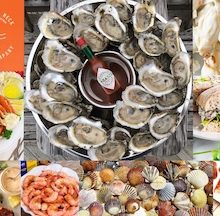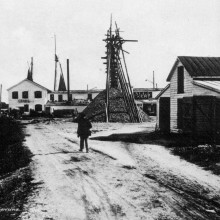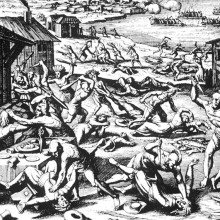History
The York River is arguably the most historically significant location for early colonial history found anywhere in America. European and Native American civilizations collided here. This was the land of Powhatan, Opechanacanough, Pocahantas, and the legendary explorations of Captain John Smith. No wonder this area’s colonial land patents (King’s grant lands) were so highly sought after by the first families of Virginia for the their Colonial plantations. The Washington’s, Lee’s, Anderson’s, Roane’s, Tucker’s, and Taliaferro’s settled its shores. History lives and breathes here. It is woven into the fabric of the estuary and its surrounding lands.














